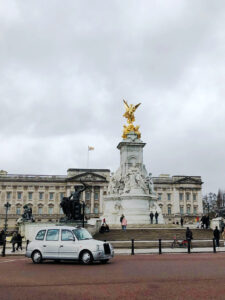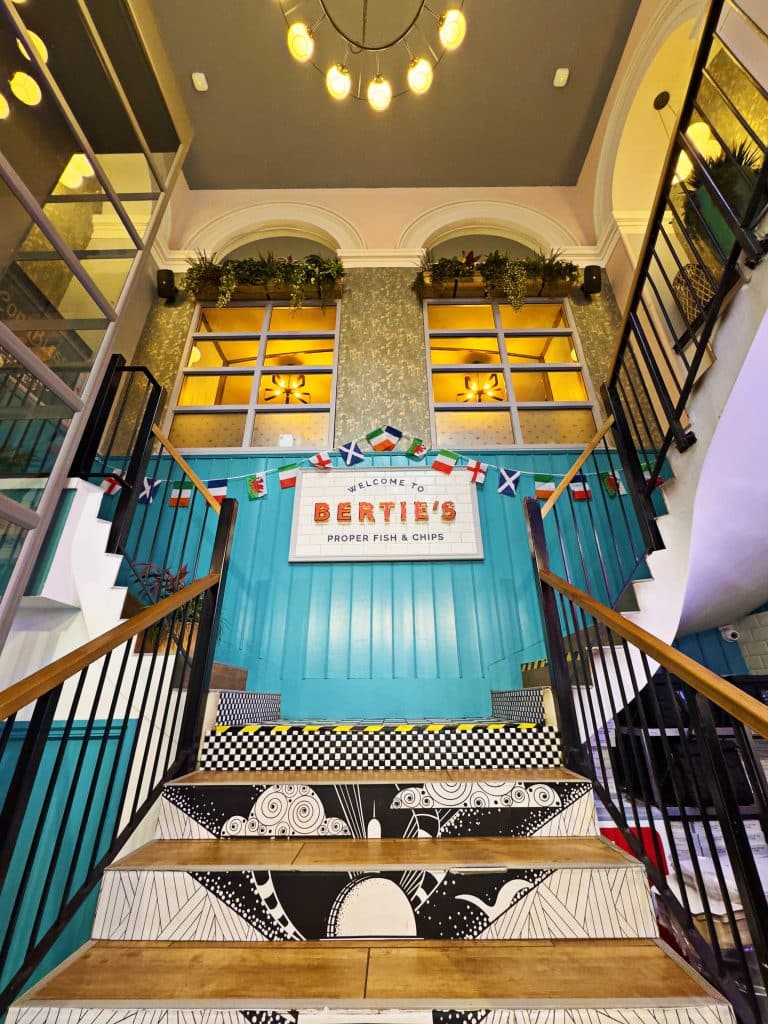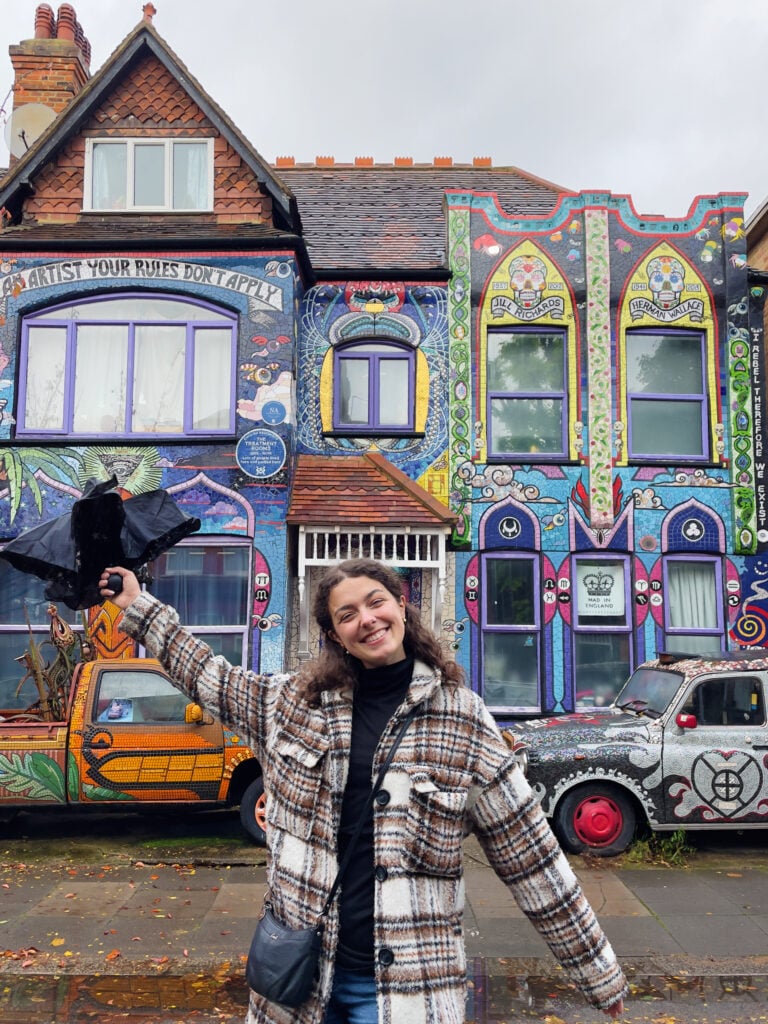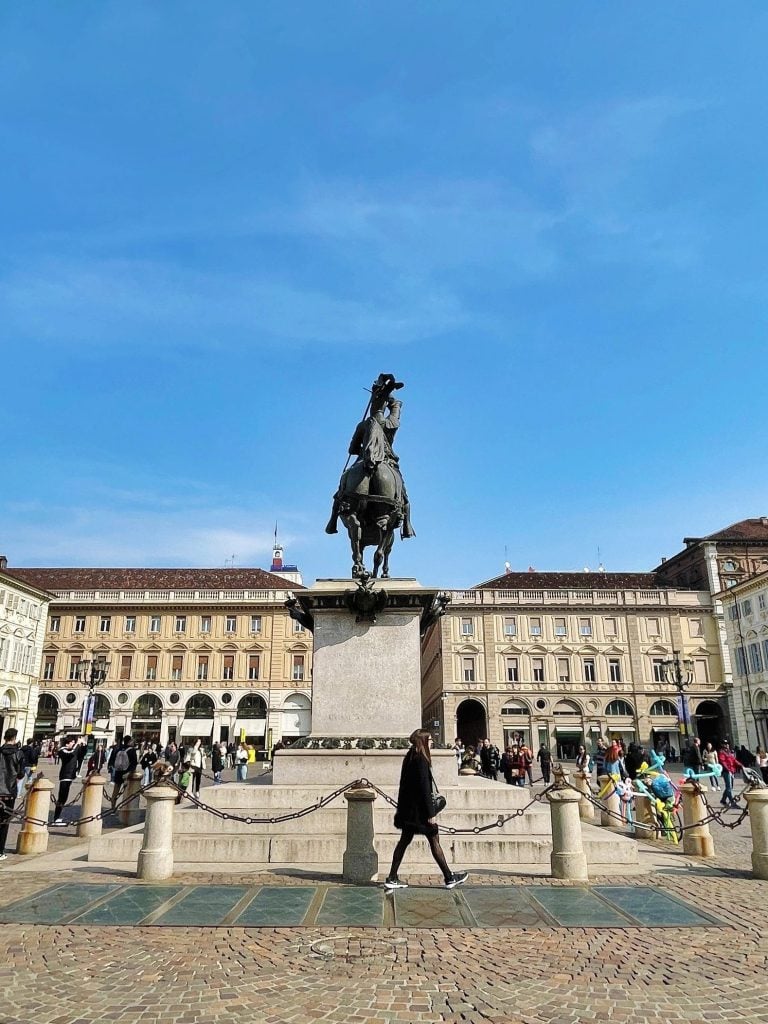The Ultimate London Guide for First Time Visitors
Visiting London for the first time and don’t know where to start? You’re not alone! London is one of the most exciting cities in the world, but it can also feel overwhelming on your first trip — there’s so much to see and do, from royal palaces and iconic landmarks to hidden gems and local favorites.
As a frequent visitor since 2017, I put together this ultimate London guide for first-time visitors to help you plan with ease, confidently and stress-free.
Inside, you’ll find the must-see attractions, insider tips, where to stay, the best time to visit, what to wear, and everything else you need to make the most of your first trip to London.
Disclaimer: This post has affiliate links that can help me earn a small commission, at no extra cost to you. If you click through and buy with these links, thank you in advance for the extra support.💖😊
Everything to Know Before Visiting London
Don’t have time to read yet? Grab my Quick Recommendations!👇
🔥 Book ASAP: Tower Bridge, London Eye, The View from The Shard, River Thames Cruise
💂♂️ Guides: Things to Do in Southwark, Things to Do in Westminster, London Burning Questions
🗺️ Insurance: Protect yourself on your trip with Travel Medical Insurance.
📱 Connect: Always stay connected, and do so seamlessly, with a UK eSim!📱
🧳 Got bags? Use Bounce (my favorite) to find the perfect spot to drop them off & travel light!
🚄 Need to book a train to London? My favorite platform is Omio – shows every option available!
Best 10 Things to Do for Your First Time in London
With all the endless things to do in London, it can be overwhelming to narrow down the must-visits vs the optional ones. Here are 10 of the most famous things to do, or see, in the city.👇
1. Buckingham Palace
Buckingham Palace is the most famous palace in London and the King’s official residence. This palace is where many also go to see the Changing of the Guards ceremony.
2. Big Ben & Palace of Westminster (+Westminster Bridge)
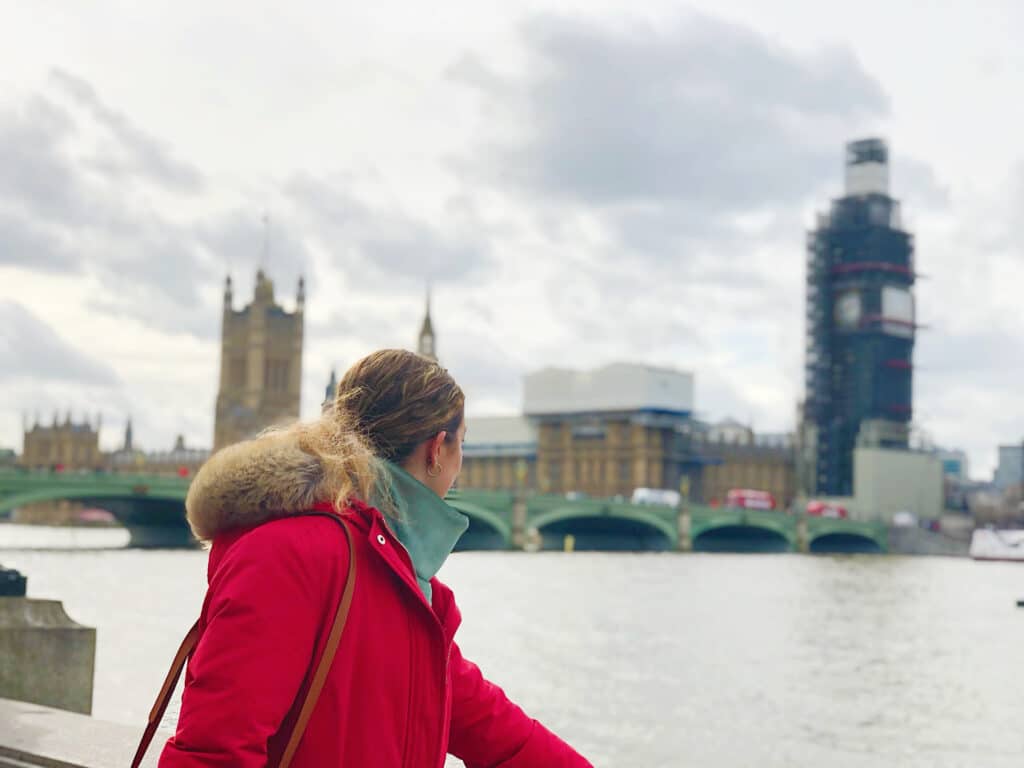
The Palace of Westminster houses the UK Parliament (House of Commons & House of Lords). The building we see today is a masterpiece of Gothic Revival architecture, but its history goes back much further. The oldest surviving space in the Palace of Westminster, the Westminster Hall, dates to the 11th century.
The Elizabeth Tower, famously known as the Big Ben (nickname of the bell), is the clock tower of the Westminster Palace.
Right in front of Westminster Palace and Big Ben is the beautiful Westminster Bridge. As a matter of fact, when you cross the bridge from Southbank to Westminster, the palace and clock tower are the first two icons you see.
To visit the Palace of Westminster and/or Big Ben, check out the official tours here.
3. Westminster Abbey
Westminster Abbey is a UNESCO World Heritage Site and a royal church with over 1,000 years of history.
It’s where every coronation since 1066 takes place, as well as royal weddings and state ceremonies. Westminster Abbey is where some of Britain’s most important historic figures are buried, or remembered.
The Abbey is open daily except Sundays, which are reserved for services.
Book your tickets before they sell out!
4. Tower of London
Dating back to 1066, the Tower of London is a medieval fortress that has served as a royal palace, prison, and treasury. Today, it’s world-famous as the home of the dazzling Crown Jewels.
The Tower is still guarded by Yeoman Warders (or ‘Beefeaters’), who have served as its ceremonial guardians since 1485. They’re not just guardians — they’re also brilliant tour guides!
With over 3 million visitors each year, make sure to book your tickets asap!👇
5. Tower Bridge
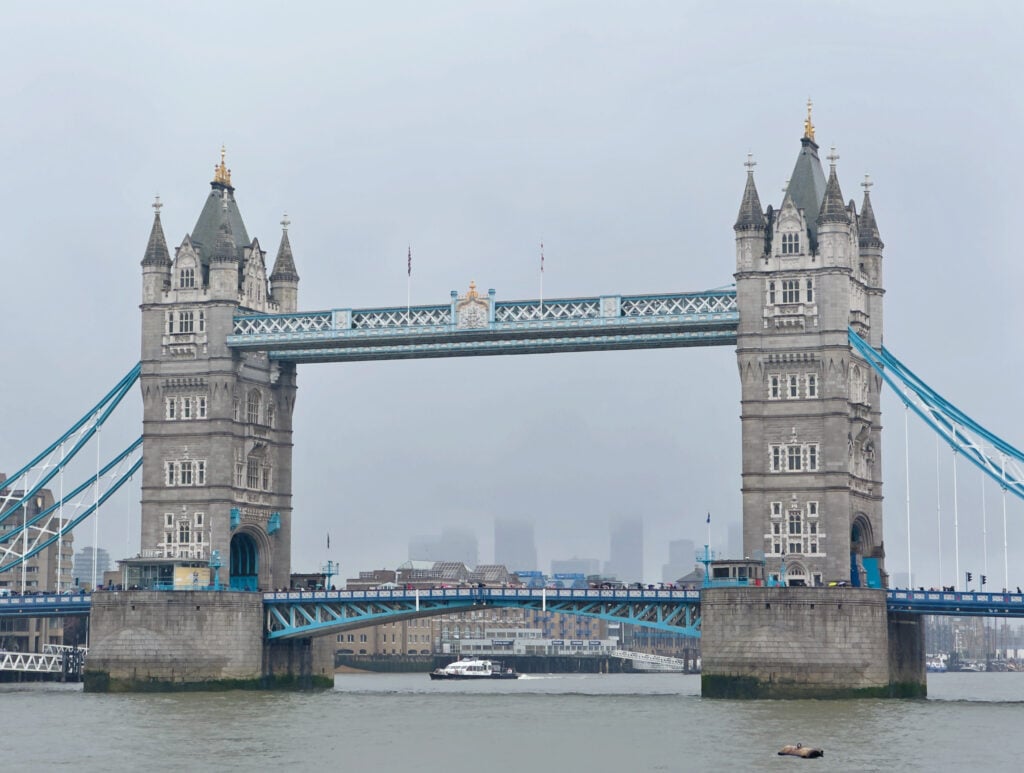
What’s a visit to London if you don’t admire and walk across the iconic Tower Bridge?
If you’re interested, you can actually enter the towers for the Tower Bridge Exhibition and walk the elevated glass floor walkway (42 m above the Thames) while learning about the bridge’s Victorian engineering and construction.
This is an extremely popular attraction – get your tickets before they sell out!👇
6. The London Eye
On the South Bank, The London Eye is the city’s famous 135-meter-tall, cantilevered observation wheel.
One rotation lasts about 30 minutes, and thanks to its 360-degree view, you’ll be able to see major attractions like Buckingham Palace, Big Ben, and St. Paul’s Cathedral.
With over three million visitors each year – it’s best to reserve your tickets well in advance!👇
7. The Shard (View from the Shard)
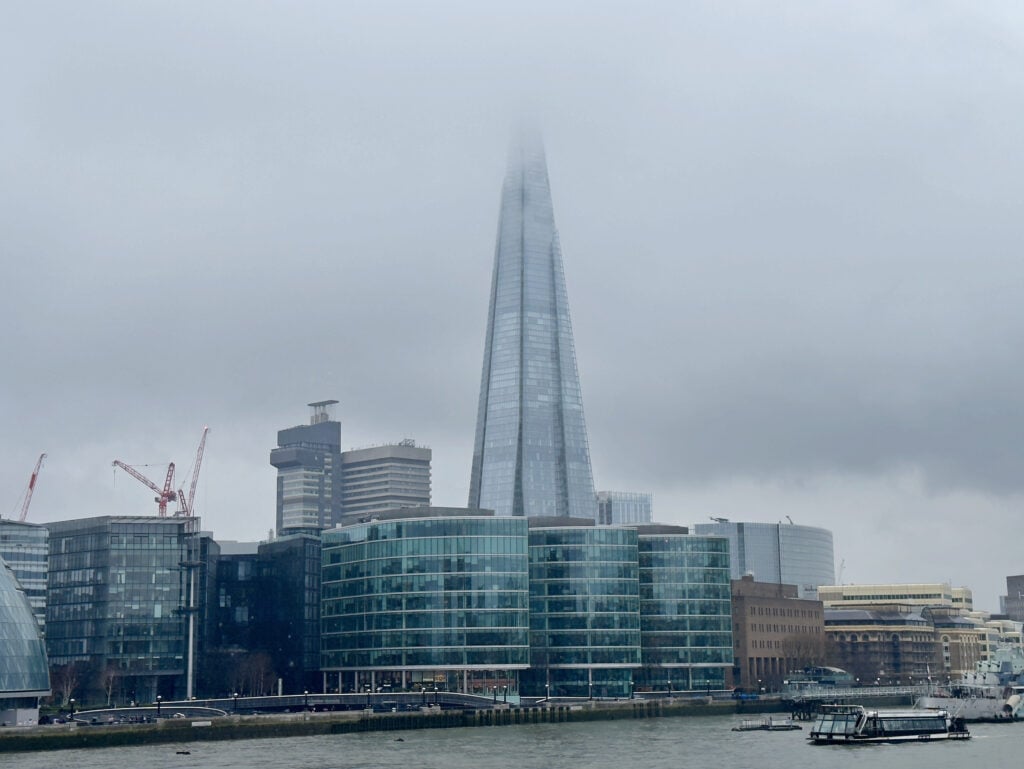
Completed in 2012, The Shard is a beautiful glass building that looks like a shard – hence the name.
At 310 meters (1,017 feet), it’s the highest skyscraper in London and home to fancy dining experiences, the famous Shangri-La The Shard hotel, and The View from The Shard.
The View is located on floors 68, 69 and 72. From here you’ll enjoy some of the best panoramic views over London – including the Tower Bridge, Tower of London, and St. Paul’s Cathedral.
Floor 72 has an open-air skydeck that offers 360° views. There is also a View Guarantee – meaning that if the weather ruins your views, you can return for free (terms apply).
Tickets go fast, so make sure to book them quickly!👇
8. The British Museum or National Gallery
One of the best things about London is that most of its museums, including world-class museums, are free to visit!
Two of the most important museums in London – both free to visit – are the British Museum and the National Gallery. The British Museum is one of the most visited museums in the world, and is home to icons like the Rosetta Stone, Parthenon sculptures, and Egyptian mummies.
The National Gallery, located in Trafalgar Square, is a world-renowned art museum and home to paintings like “The Execution of Lady Jane Grey” by Paul Delaroche and “Sunflowers” by Vincent Van Gogh.
Given the high chance of experiencing at least one rainy day in London, I highly recommend checking out at least one museum!
If you want to dive deeper into either museum, you can always book a guided tour.👇
9. Covent Garden
Covent Garden is one of the most vibrant neighborhoods in London. It is particularly famous for its shopping, restaurant, and entertainment scene.
With its well-connected and central location, this is perfect for first-time visitors to visit or stay in!
10. Borough Market
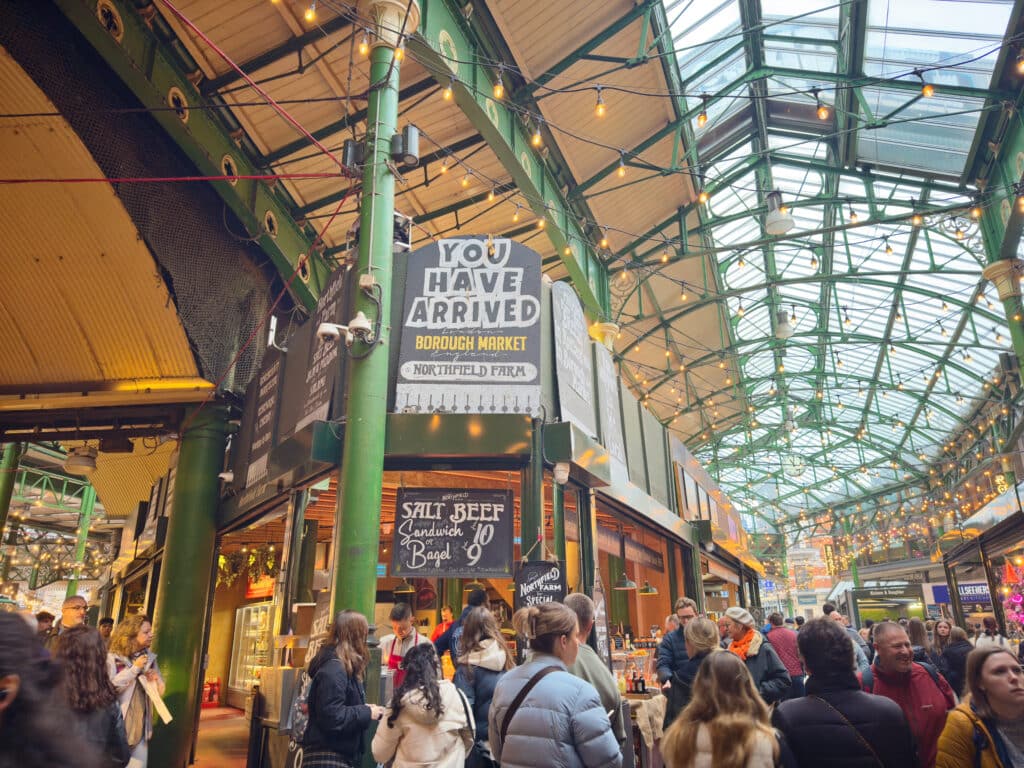
What’s a visit to London if it doesn’t include at least one food market experience?
Borough Market, located in Southwark, is one of London’s most famous and oldest food markets, with roots going back to 1014.
Today it’s home to over 100 stalls, from wonderful artisan businesses to delicious, international cuisines.
If you’re a Bridget Jones fan (like me), this is the market she “lives” next to and walks through during the movies!
Check out the best gluten free stalls in Borough Market 😋
Bonus: London’s Christmas Decorations
If you’re looking for an extra-magical London experience, consider a winter trip!
Starting in early November, London begins to enter its festive mode with Christmas lights, markets, and incredible festive displays and decorations.
December is a very busy, and often expensive, month to visit. So if you want to enjoy this magic with fewer crowds and better prices, I highly recommend visiting London in November!
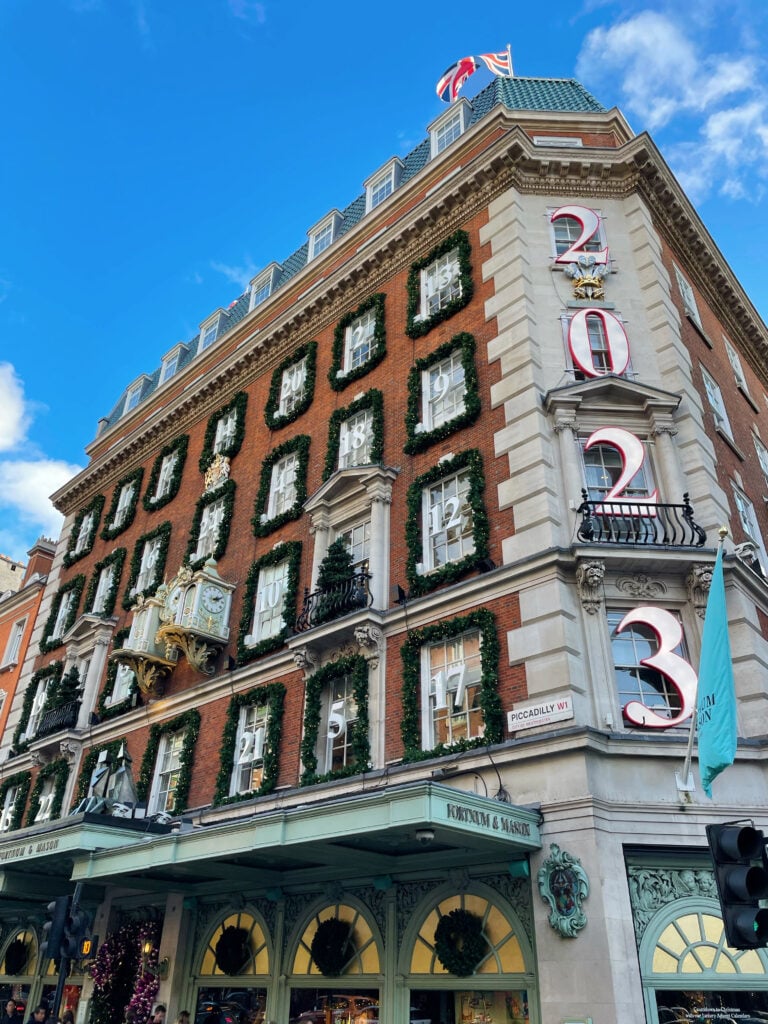
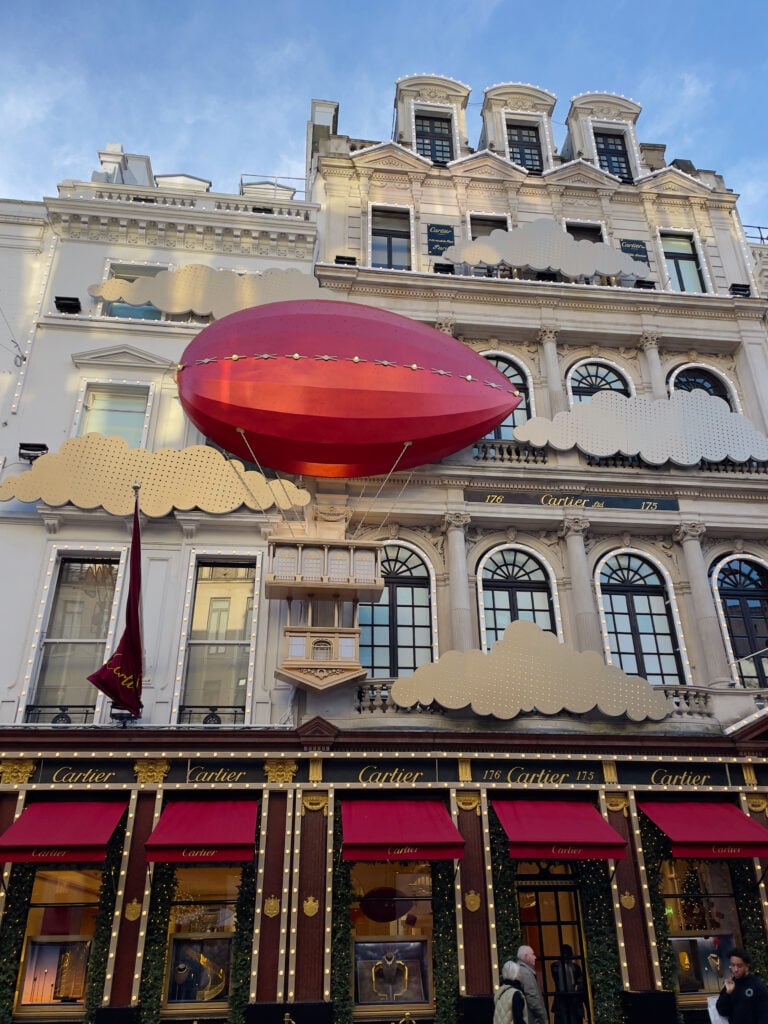
How many days do you need for your first visit to London?
London is an enormous city – one that you’ll never visit enough times to see it all. For a first time visitor, I highly recommend spending at least 4 to 5 days in London.
With 32 boroughs and endless attractions, 4 to 5 days let you visit the best of London at an enjoyable pace, and dive deeper.
Anything shorter can turn into a sped-up itinerary where all you do is take a picture and run to the next attraction.
When is the Best Time to Visit London?
The best time to visit London depends on what you’re after: the best weather, shoulder-season prices, or festive vibes.
Quick Run Down:
☀️ Summer (Jun–Aug): best weather, busiest crowds.
🌷 Spring (Mar–May): cherry blossoms, mild and rainy.
🍂 Autumn (Sep–Nov): shoulder season, best prices.
❄️ Winter (Nov–Dec): Christmas lights; Dec = peak, Nov = festive but quieter.
My personal favorite is visiting London in November. This is when World Travel Market takes place, it’s shoulder season, there are various holidays, Christmas lights and decorations are back, and crowds are smaller.
If you want the festive magic without December’s prices and intense crowds, go in mid-November!
December is one of the “hottest” tourism months, as everyone visits for the Christmas lights, decorations, and winter markets. It’s a great time, but definitely busier and less budget-friendly.
The summer months bring the sunniest days and long evenings. If you don’t mind crowds and higher prices, this is a great time to enjoy parks, outdoor events, and a naturally happier atmosphere (bye bye seasonal depression).
Spring (March–May) is also lovely as cherry blossoms and wisteria start to bloom. I visited in mid-March 2024 and it was beautiful (and very rainy).
Between March and November, I personally prefer November — as a winter month it has “permission” to be cold and rainy, plus you get the joy of winter lights.
What to Wear in London?
One of my favorite things to do in London is people-watch and admire all the styles.
Being the immense, international city that it is, London sees every kind of fashion—so if you’re looking to avoid looking like a tourist: simply embrace your own style.
I’ve seen many people ask whether or not you can, or should, wear jeans in London and the answer is: of course you can! The only thing about jeans to keep in mind is that they take forever to dry.
From all the times I’ve visited, my biggest two tips are: 1) always wear layers, 2) always carry a small packable umbrella.
London Pass
It is no secret that London is an expensive city, and so are its attractions and things to do. If you are planning to visit several attractions, the London Pass (Go City) could be your bank account’s new best friend!
Simply select the amount of days you want the pass to cover and you’ll have access to over 100 attractions. And guess what? If your pass costs more than the entry fees of the attractions you visited, Go City will refund you the difference (see their terms)!
Always Book in Advance
Attracting over 30 million visitors each year, it’s safe to say that London is always busy. If there are attractions you really care to visit, it’s crucial to book your tickets in advance.
This matters for a couple of reasons, not just “before tickets sell out.”👇
- You can choose timed entry slots that fit your itinerary.
- You’ll navigate the city more smoothly (less waiting around).
- Online prices are often better—especially for hotels and some attractions.
Which area of London is best to stay in for first-time visitors?
Depending on how much time you have in London, I strongly recommend staying as central as possible.
The best area to stay in for your first time in London is Central London, or somewhere nearby with a tube station.
If you’re in London for 5 or fewer days, the best central areas to stay in are: Westminster, Covent Garden, and Southwark.
Westminster
Also known as the City of Westminster, this is arguably the most iconic and “star-studded” area to stay in.
By star-studded, I don’t mean celebrities – I mean world-famous landmarks. Think Big Ben, Buckingham Palace, Hyde Park, Westminster Abbey, and so much more.
Covent Garden
Part of the city of Westminster, Covent Garden is one of the most popular and beloved areas to stay in.
It’s very central, well connected, and is a hot spot for delicious restaurants, entertainment, and the best shops. Here you’ll easily find stays for every budget.
Southwark
Sitting across the river from City of London, this borough home to several icons and fun things to do – including Tower Bridge, The View from The Shard, and Borough Market.
Visiting for a Conference at Excel London?
If you’re attending WTM London or attending other conference at ExCel London, I recommend staying closer to that area in order to avoid long morning and night commutes.
Canary Wharf is a great area, and the closest option.
Southwark is a bit farther but it’s only a 30-ish minute commute and it allows you to be in one of London’s most iconic areas.
✨ Discover all my essential tips for World Travel Market London
London Airports and How to Get Into London [finish]
Airports – everyone’s favorite thing to figure out!… Not.😂
There are SIX airports in London: Heathrow, Gatwick, Stansted, Luton, London City, and Southend.
Heathrow
This is the best-known airport in London and the one most international visitors use.
It’s the busiest, closest major airport to central London, and has the fastest connections: the Heathrow Express to Paddington takes about 15 minutes, while the Elizabeth line is cheaper and runs directly into the West End, City, and Canary Wharf.
Gatwick
Located south of London, Gatwick is the second largest airport and also very international.
The fastest option into the city is the Gatwick Express to Victoria Station (~30 minutes), but you can also take Thameslink or Southern trains, which are slightly slower but cheaper and may drop you closer to your hotel.
Stansted
This airport is especially popular with budget airlines like Ryanair and easyJet.
It’s farther out, but the Stansted Express train gets you into Liverpool Street Station in about 45–50 minutes. While it’s great for cheap flights, keep in mind the longer transfer time when planning your arrival or departure.
Important Note: Stansted airport is great to fly into, but based on personal experience – it is a bit of a pain to fly out from. Make sure to come here with plenty of time before boarding!
How to Get Around London
The best way to get around London is with the Tube, the underground system, buses, walking around or renting a bike.
If the weather permits, I strongly recommend walking around as much as possible as London is a spectacular city. For longer journeys, the tube and the bus are both super convenient, affordable and easy to use.
Pay with Contactless Credit Cards (Truth about Oyster Card)
If there is one thing that locals’ ridiculed me for (many years ago) was not using an Visitor Oyster Card. The Oyster Card is a prepaid card on which you put money/credit, that you can use for all of London’s public transportation.
Nowadays you can use your contactless credit card, or payment apps, for all transportation in London. If you do not feel comfortable pulling out your credit/debit card every time you use public transportation, make sure to get the Oyster Card.
The perk of using contactless (or an Oyster Card) is that you’ll save money and time compared to buying single tickets each time you need them.
The truth about Oyster Cards is that, now that contactless payments are everywhere, it’s not as worth it anymore due to the £7 non-refundable card fee.
Always Look Right!
The streets will remind you this, but always look right before crossing! The UK drives on the left.
Don’t worry – many crossings have it painted on the pavement.
You Must Apply for the ETA Visa!
As of April 2nd 2025, European citizens are now also required to apply for the UK ETA Visa, the Electronic Travel Authorization. Unless you’re a British or Irish citizen, you will need to apply for the ETA — a simple, and quick process that has a £16 fee.
Want more help with your travels? Check out my Blog Posts!
- 15 London Burning Questions Answered for First Time Visitors
- 11 Best Things to Do in Southwark London
- 19 Iconic Things to Do in Westminster, London
- London in November | Everything You Need to Know
- Gluten Free London: A Celiac’s Guide to the Best Restaurants
- How to Save Money in London as a Tourist
- WTM London as a Travel Blogger | Everything You Need to Know
📌 Liked it? Pin It!👇
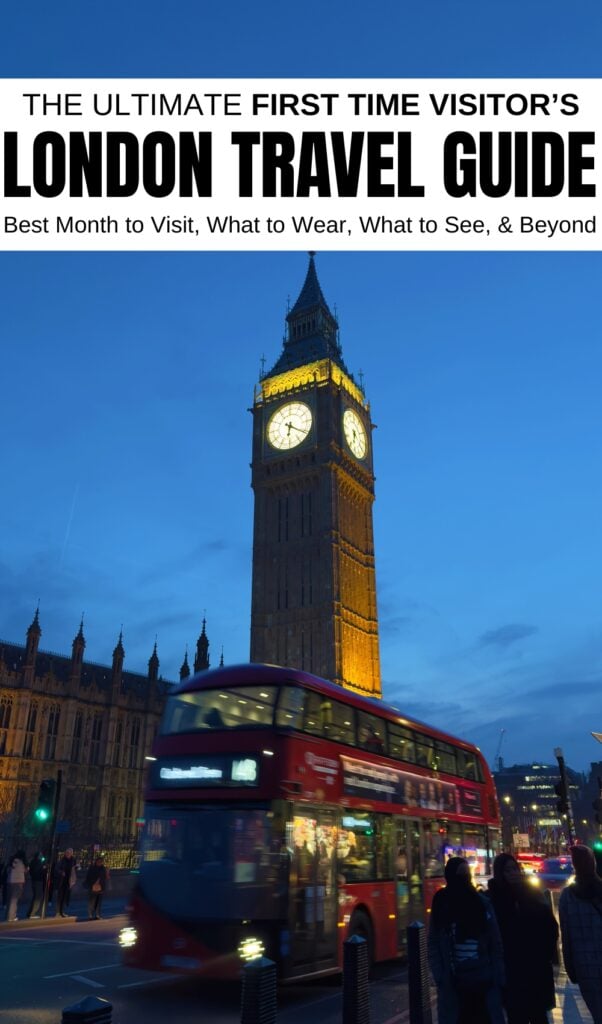
I have to ask…
Which of these London tips were you most surprised by? Let me know in the comments!😊
Share this with family & friends who are planning to travel to Italy and would find this helpful.🤩


